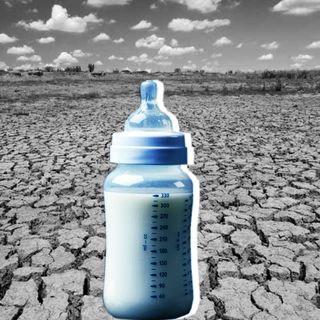The average heatwave could affect 50% more land area by the time we reach mid-century (2050), according to research published in Environmental Research Letters. The study also stated that average area affected by a single heatwave could increase by up to 80% if greenhouse gas emissions continue to increase.
Heatwaves are periods of prolonged, abnormally high surface temperatures relative to the climate’s average. Heatwaves may span from several days to several weeks and can prompt an increase in dehydration and stroke cases among the affected population.
“As the physical size of these affected regions increases, more people will be exposed to heat stress,” Brad Lyon, an associate research professor at the University of Maine, in the U.S., and lead author of the paper, saidin a statement. “Larger heatwaves would also increase electrical loads and peak energy demand on the grid as more people and businesses turn on air conditioning in response.”
Previous research from the Indian Institute of Science has determined that India had more droughts and heatwaves from 2014 to 2017 than ever before — especially in drought-prone regions like Maharashtra, Southern Gujarat, Karnataka, and Andhra Pradesh. 6,167 people in India have died of heatwaves between 2000 and 2018, with one-third of these deaths occurring in 2015, according to the Weather Channel.
Related on The Swaddle:
Seasonal Affective Disorder Works in Reverse in Warmer Climates
Previous research used attributes like frequency of heatwaves for each location and aggregated the results to see spatial patterns, in order to arrive at a heatwave statistic. Researchers for this study saw that heatwaves occurred in connected regions while moving around and changing in size and strength over their lifetime.
“It’s sort of like watching what groups of people are doing as they move around together in a park, rather than just counting how many people from all those groups entered the park,” said Lyon. The authors also explained that the stress caused by a continuous heatwave in one location is very different from the stress caused by heatwaves in scattered places that add up to an area of the same size.
The researchers found that apart from an increase in the population exposed to the heatwave and the area affected by the heatwave, the magnitude, duration and the number of days required to cool after the heatwave would also increase substantially, which according to the researchers, was expected.
“An increase in attributes like magnitude and duration is consistent with expectations of a warming climate,” said Lyon. “What is new in our study is the way we calculated them, which allowed us to consider size as a new heatwave dimension.”
.




